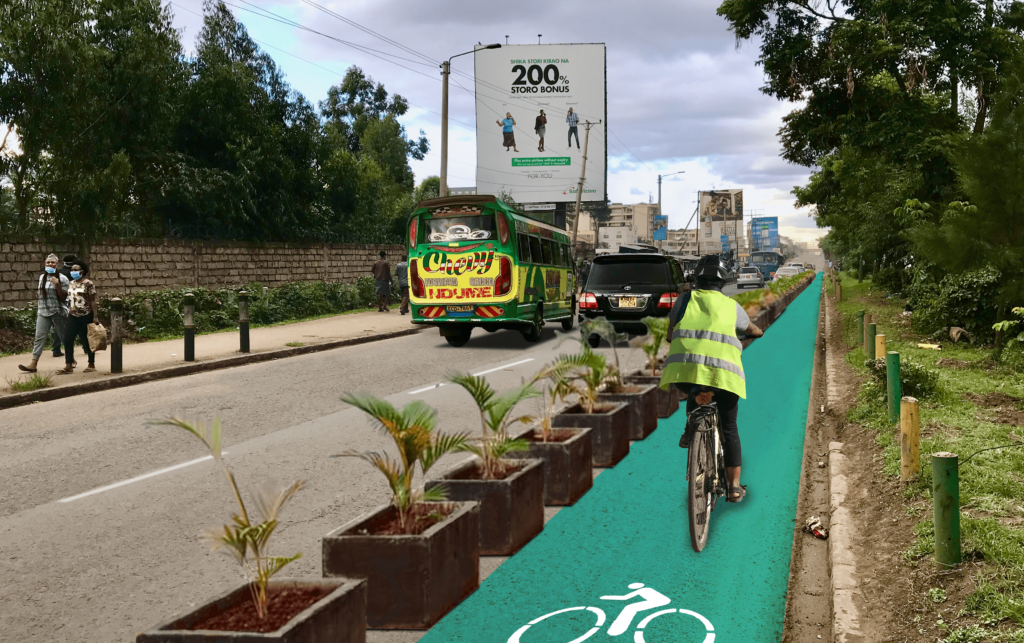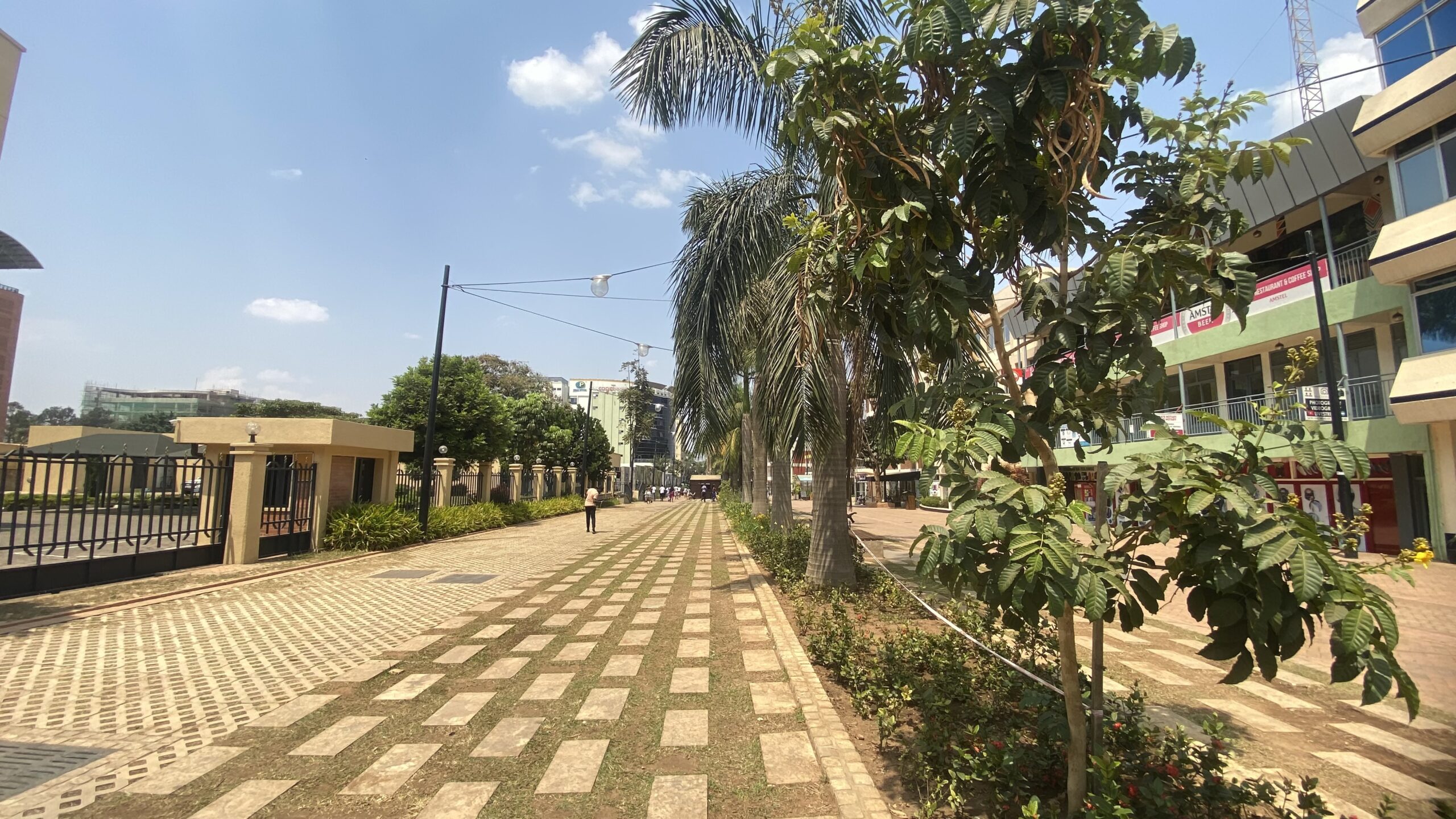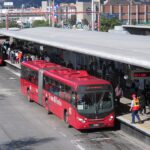Bold Plan to Decongest Nairobi and Beat Traffic Jams
Kenya’s government has launched a comprehensive strategy to tackle Nairobi’s chronic traffic congestion, focusing on infrastructure, mass transit, and urban mobility reforms.
Government Unveils Ambitious Plan to Decongest Nairobi Roads
The Kenyan government has launched a comprehensive new plan to decongest Nairobi, targeting one of Africa’s most notorious urban traffic nightmares. With daily commutes that can stretch hours and mounting economic losses, the capital’s transportation woes have become more than just an inconvenience—they are now a pressing national concern.
This new plan aims to significantly reduce congestion in the coming years by modernising infrastructure, improving public transport systems, enforcing urban planning regulations, and embracing intelligent traffic management technology. At its core, the initiative represents a push to transform Nairobi into a livable, efficient, and investor-friendly city.

Urban Mobility at a Breaking Point
Nairobi’s road infrastructure has long lagged behind the city’s rapidly growing population and car ownership rates. According to data from the Kenya Urban Roads Authority (KURA) and the World Bank, Nairobi loses KSh 100 billion annually in productivity due to traffic gridlock, vehicle wear and tear, and environmental costs.
In addition, the average daily commute time in Nairobi exceeds 90 minutes, according to a 2023 study by the Nairobi Metropolitan Area Transport Authority (NaMATA). These prolonged traffic jams increase fuel consumption and stress levels and reduce the quality of life for millions of city dwellers.
The new plan is the most unambiguous indication that the government is ready to tackle this issue head-on, with a strategy that’s as much about urban transformation as traffic control.
Breaking Down the Government’s Plan to Decongest Nairobi
The new strategy, led by the Ministry of Road and Transport in collaboration with NaMATA, rests on five central pillars:
1. Expansion of Bus Rapid Transit (BRT) Systems
Bus Rapid Transport (BRT) is a central piece of the new mobility blueprint. The government has committed to developing and implementing five BRT corridors, with work underway on the Outer Ring Road BRT system. The objective is to create dedicated bus lanes that allow mass transit vehicles to move without interference from regular traffic.
According to the African Development Bank (AfDB), BRT systems in cities like Lagos and Dar es Salaam have reduced commuting times by up to 40%—a statistic Nairobi hopes to emulate.
2. Smart Traffic Management
The government plans to introduce a digitally integrated traffic management system inspired by smart cities like Finland, Seoul, and Singapore. This system would synchronise traffic lights, monitor traffic flow using AI-powered cameras, and provide real-time data for more responsive congestion point control.
The National Transport and Safety Authority (NTSA) will work closely with foreign technology partners—some already engaged in pilot programs—to roll out the new intelligent systems across Nairobi’s major roads.
3. Decongesting the CBD
Long-distance matatus and inter-county buses will no longer be allowed to enter the Central Business District. Instead, peripheral terminals will be constructed, including new transit hubs at Ngara, Muthurwa, and Green Park. Commuters will transfer to inner-city BRT or electric buses to complete their journeys.
This approach mirrors urban mobility policies in Johannesburg and Addis Ababa, where staged transfers have helped unclog inner cities.
4. Embracing Non-Motorized Transport (NMT)
The plan also focuses on walkability and cycling infrastructure. Nairobi’s growing population of pedestrians and cyclists has lacked safe infrastructure. New bike lanes and pedestrian walkways will be rolled out across major roads and within key commercial districts.
Nairobi Governor Johnson Sakaja strongly supports NMT development, calling it “an affordable, healthy, and sustainable transport alternative for the masses.”

5. Enforcing Urban Planning and Land Use
Illegal developments and unplanned construction along traffic corridors have aggravated Nairobi’s gridlock. Under the new plan, stricter zoning laws will be enforced to preserve space for roads, mass transit systems, and pedestrian infrastructure.
Additionally, developers must incorporate traffic impact assessments into their building proposals.
High-Level Financial and Political Backing
The World Bank, AfDB, and other international donors have supported the government’s allocation of Sh40 billion for the project’s first phase. A Public-Private Partnership (PPP) framework is being developed to attract local and foreign investment.
President William Ruto and Transport Cabinet Secretary Davis Chirchir have reiterated that the project is “non-negotiable” in Nairobi’s transformation. The strategy also ties into Kenya’s Vision 2030 and the broader African Union Agenda 2063 for sustainable urban development.
Learning from Global Cities
The plan to decongest Nairobi draws heavily from international case studies. Bogotá’s TransMilenio BRT system, catering to over 2 million passengers daily, has garnered praise for its ability to reduce travel times and emissions. Similarly, Addis Ababa’s Light Rail Transit (LRT) and Kigali’s car-free zones offer lessons in mobility reform.

Experts from the World Resources Institute (WRI) note that effective transport reform must prioritise accessibility, sustainability, and inclusive design—elements that Nairobi’s strategy now appears to incorporate.
What This Signals for Nairobi’s Future
This plan to decongest Nairobi is more than just an engineering fix—it reimagines how Nairobi functions. If executed faithfully, it could:
- Cut traffic by 40% over five years.
- Lower greenhouse gas emissions.
- Enhance investor confidence in Nairobi’s real estate and commercial sectors.
- Improve public health through cleaner air and more active transport.
Still, success will depend on execution, political will, and public buy-in. Past attempts at decongesting the city have stalled due to delays, underfunding, and poor coordination. However, the current effort’s cross-agency approach and international support set it apart.
Stay Ahead of Urban Development Trends
Nairobi’s new traffic reform is a bold step toward transforming East Africa’s largest city. For in-depth coverage, sector-specific updates, and expert insights into African and global infrastructure, visit ConstructionFrontier.com.





